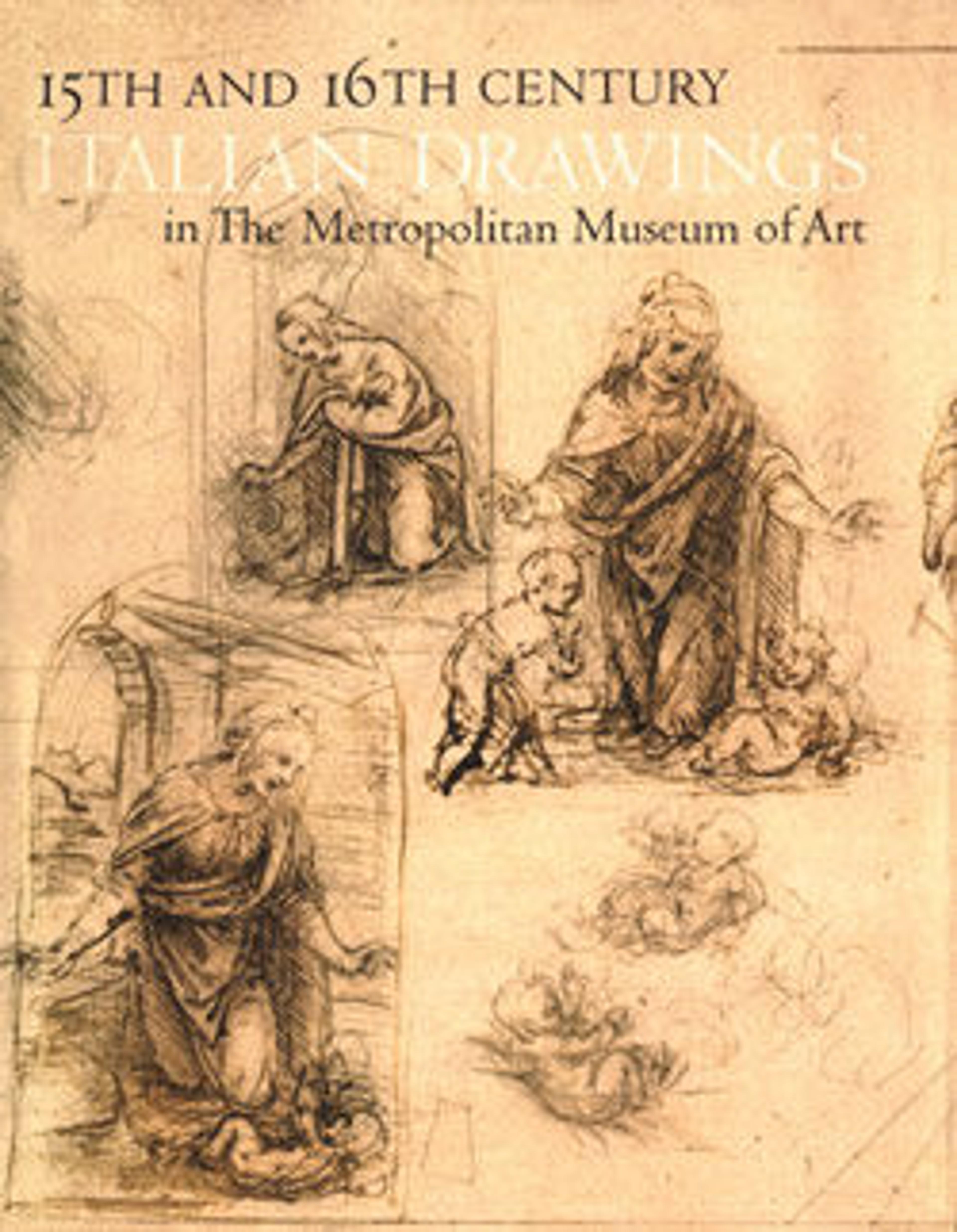Design for a Wall Decoration: Representations of the Ascension and of the Conversion of the Ethiopian Eunuch
In the scene at left Christ ascends into a bank of clouds, having left his footprints on the summit of the Mount of Olives. At right of center Saint Philip has joined the Eunuch in his chariot and explains the passage of Isaiah the Ethiopian is reading, while in the background Saint Philip is seen baptizing his convert (Acts 8:26-40). The "bretessed bend" and the stars of the Aldobrandini arms that appear above the figure of Saint Philip could identify this project as a never-executed scheme commissioned by or proposed to Pope Clement VIII Aldobrandini, who reigned from 1592 to 1605. The convincing attribution to Giovanni de' Vecchi for this large, vibrant design for a wall decoration was first proposed by Philip Pouncey in 1965.
Artwork Details
- Title: Design for a Wall Decoration: Representations of the Ascension and of the Conversion of the Ethiopian Eunuch
- Artist: Giovanni de' Vecchi (Italian, Borgo Sansepolcro 1536/37–1615 Rome)
- Date: ca. 1600
- Medium: Pen and brown ink, over black chalk (architectural elements); red chalk, pen and brown ink, traces of black chalk (narrative scenes)
- Dimensions: 12-5/16 x 21-7/16 in. (31.3 x 54.4 cm)
- Classification: Drawings
- Credit Line: Gift of Cornelius Vanderbilt, 1880
- Object Number: 80.3.651
- Curatorial Department: Drawings and Prints
More Artwork
Research Resources
The Met provides unparalleled resources for research and welcomes an international community of students and scholars. The Met's Open Access API is where creators and researchers can connect to the The Met collection. Open Access data and public domain images are available for unrestricted commercial and noncommercial use without permission or fee.
To request images under copyright and other restrictions, please use this Image Request form.
Feedback
We continue to research and examine historical and cultural context for objects in The Met collection. If you have comments or questions about this object record, please contact us using the form below. The Museum looks forward to receiving your comments.
